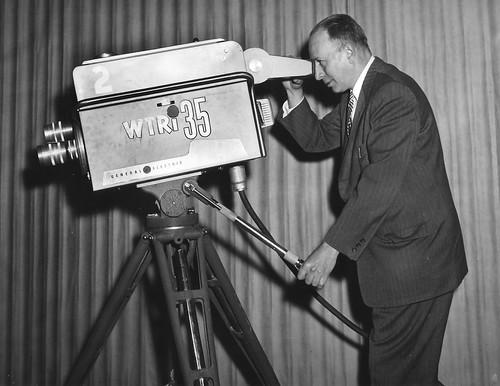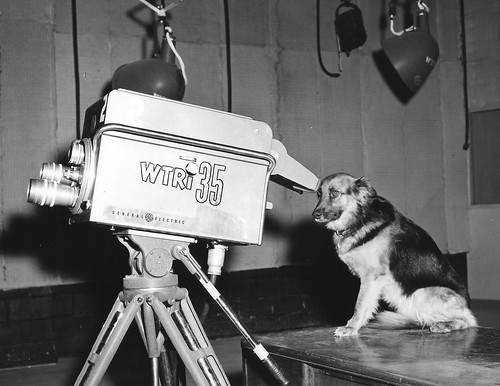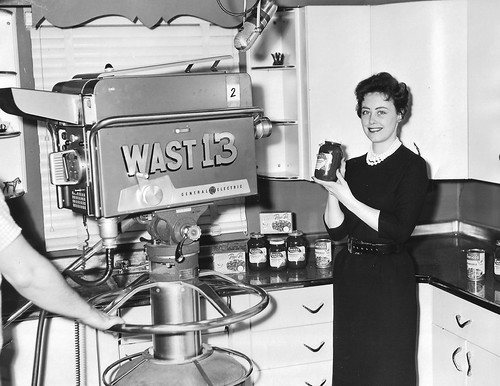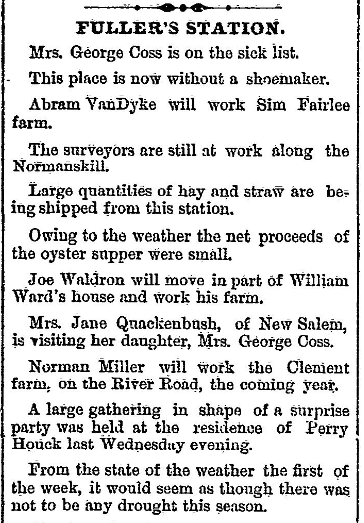So, dear friends, the Schuyler statue is gone.
After being called out in the newspaper over its lack of follow through, Albany hastily arranged for the removal of Philip Schuyler to parts unknown.
They hoisted him up and carted him away, and then another crew proceeded to rip apart the statue’s base, where they uncovered a time capsule placed there in 1925. Albany Mayor Kathy Sheehan was so excited, she practically danced a jig over the rubble when the workers pulled out the copper clad case that was brimming with interesting and well-preserved artifacts.
Ironic? Yes. Sheehan has demonstrated throughout the Schuyler mess that her understanding of history is like that of a fifth grader. This is the good guy, that’s the bad guy, black is black and white is white, and there shall be no gray areas betwixt the two. No context and zero nuance.
She demonstrated this again lately when a Times Union columnist asked her about Mayor Erastus Corning 2nd. “Love it or hate it, we’re stuck with part of Corning’s legacy, which is [Interstate] 787 and the Empire State Plaza.”
Huh. That’s the best you can do when discussing such a complex and interesting character as Corning? All I can conclude is that she’s pandering to her base, or — and I’m sorry to put it this way — that she’s just not very sharp.
Schuyler’s demise is anticlimactic, at best. Off he goes to some warehouse, like that big wooden crate in Raiders of the Lost Ark. Maybe if Sheehan were a bolder politician, she would have made a real statement, like melting down the statue. Then, perhaps, she could have used the molten bronze to fill some of Albany’s potholes.






